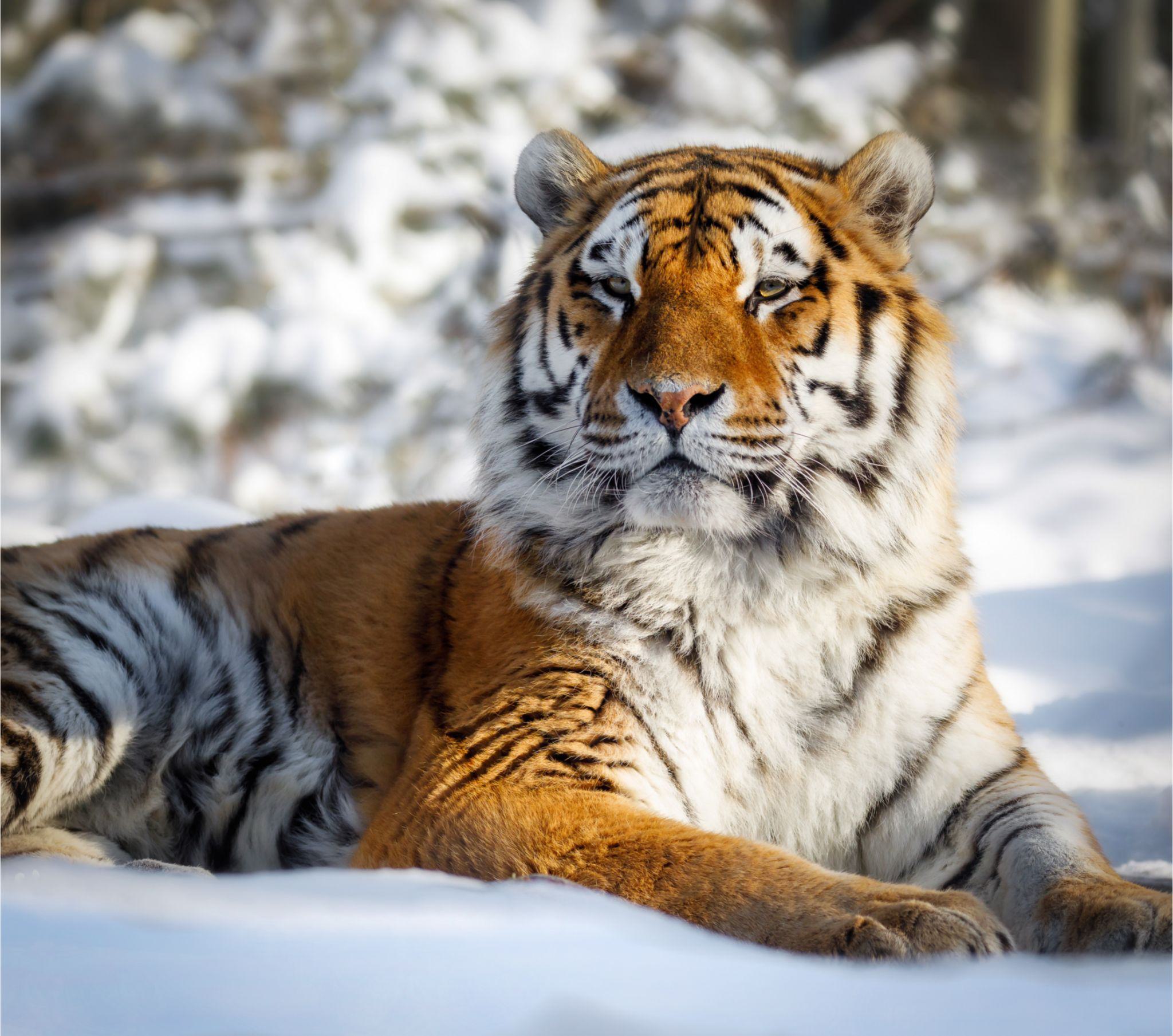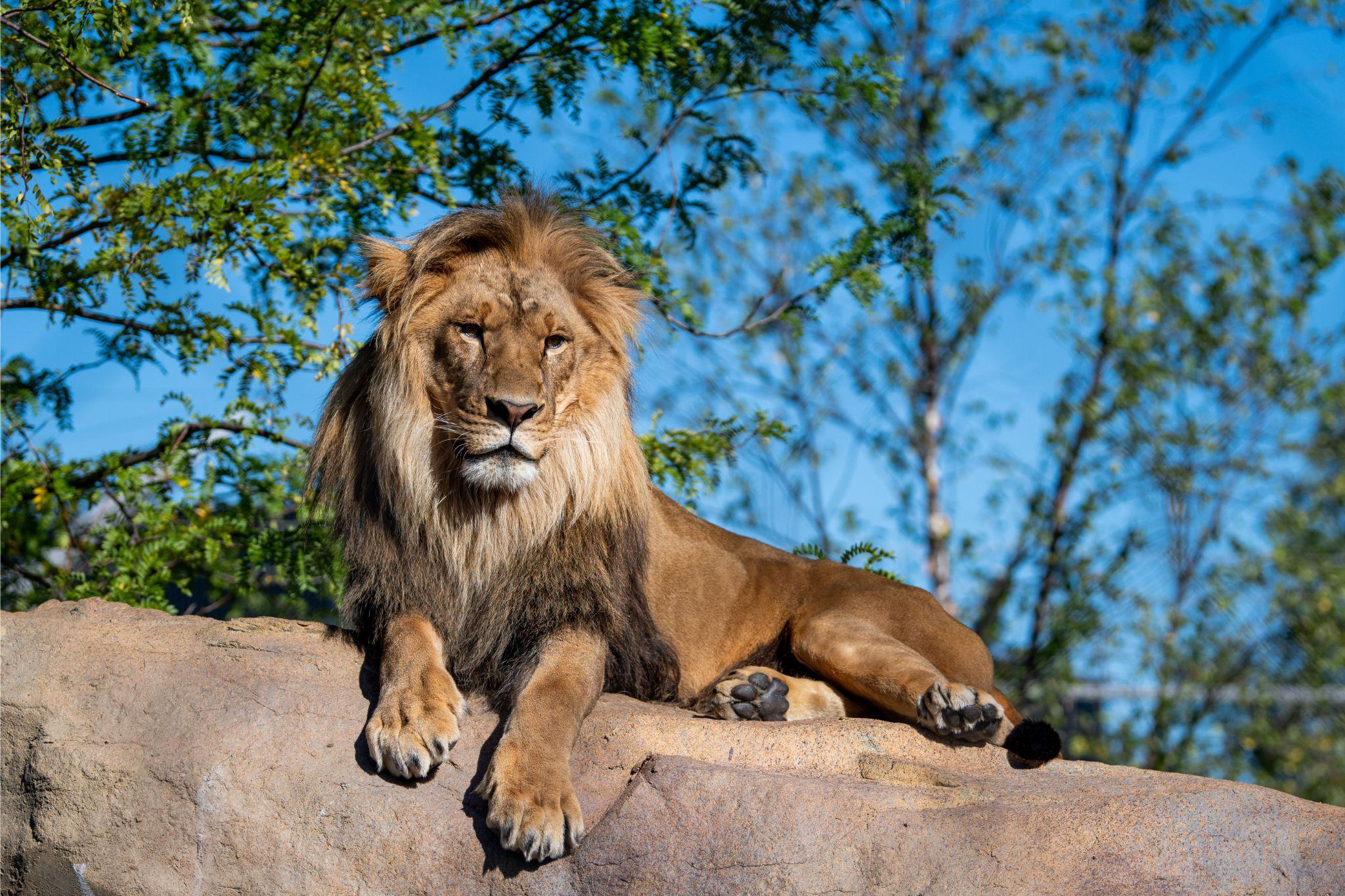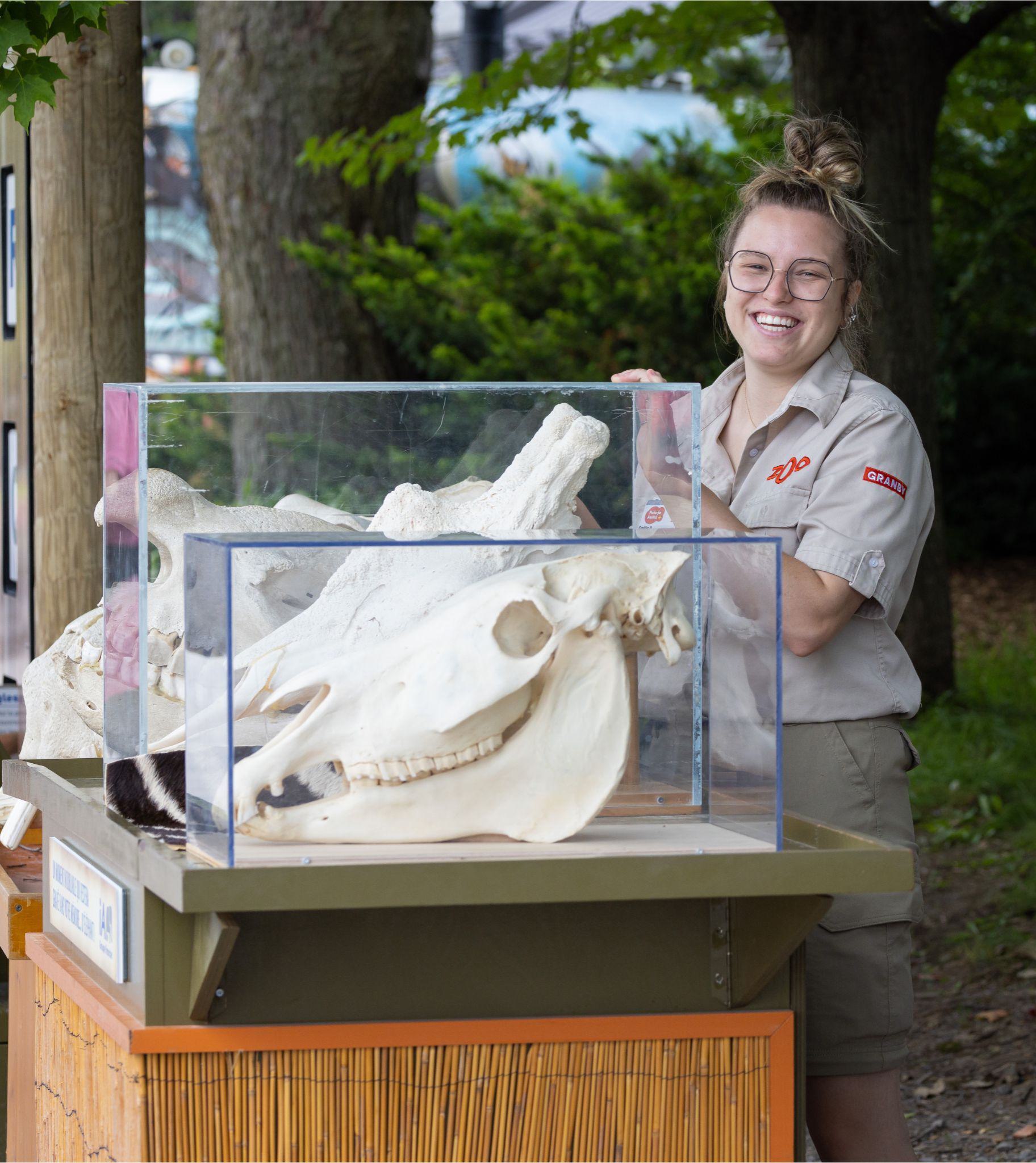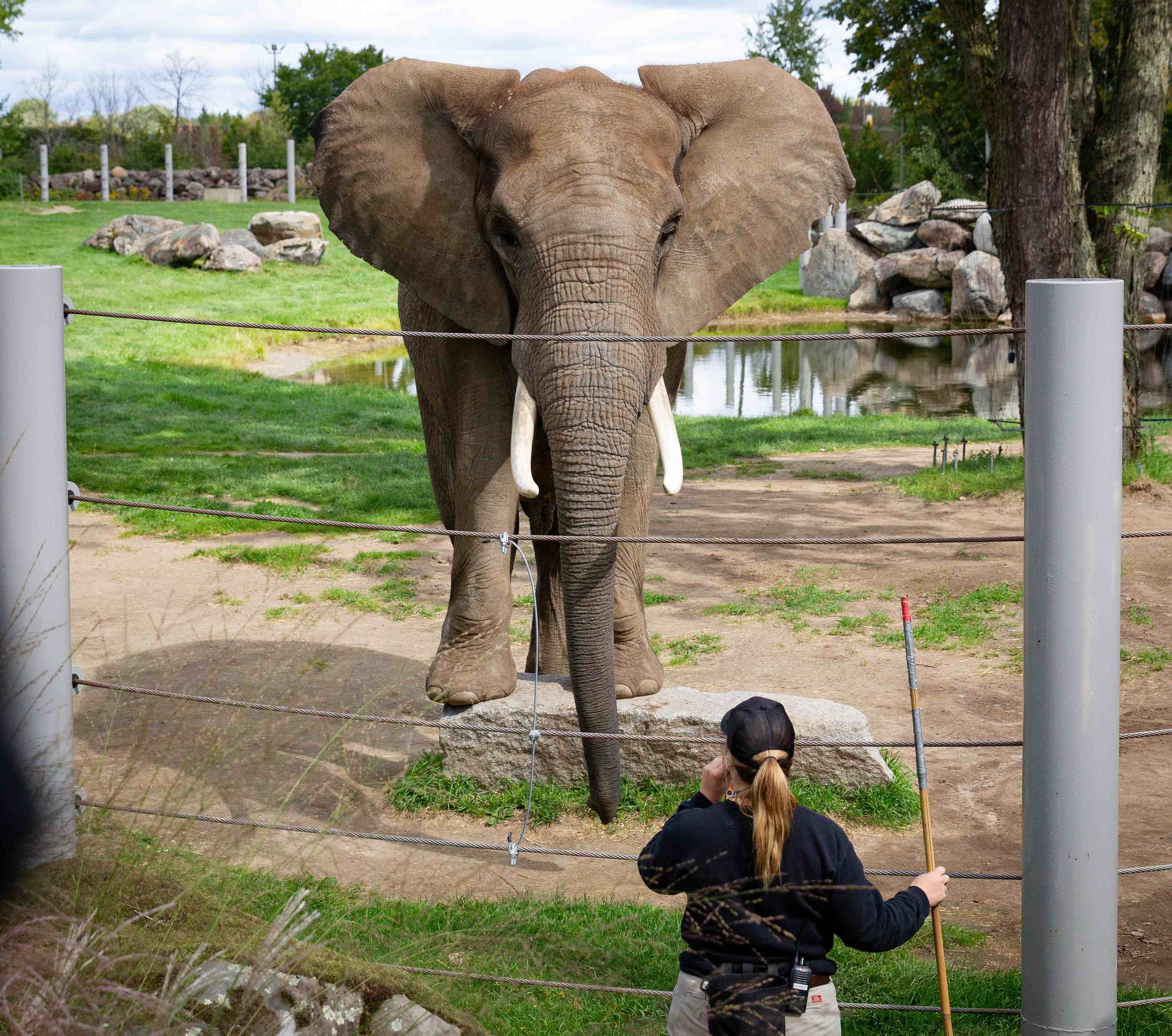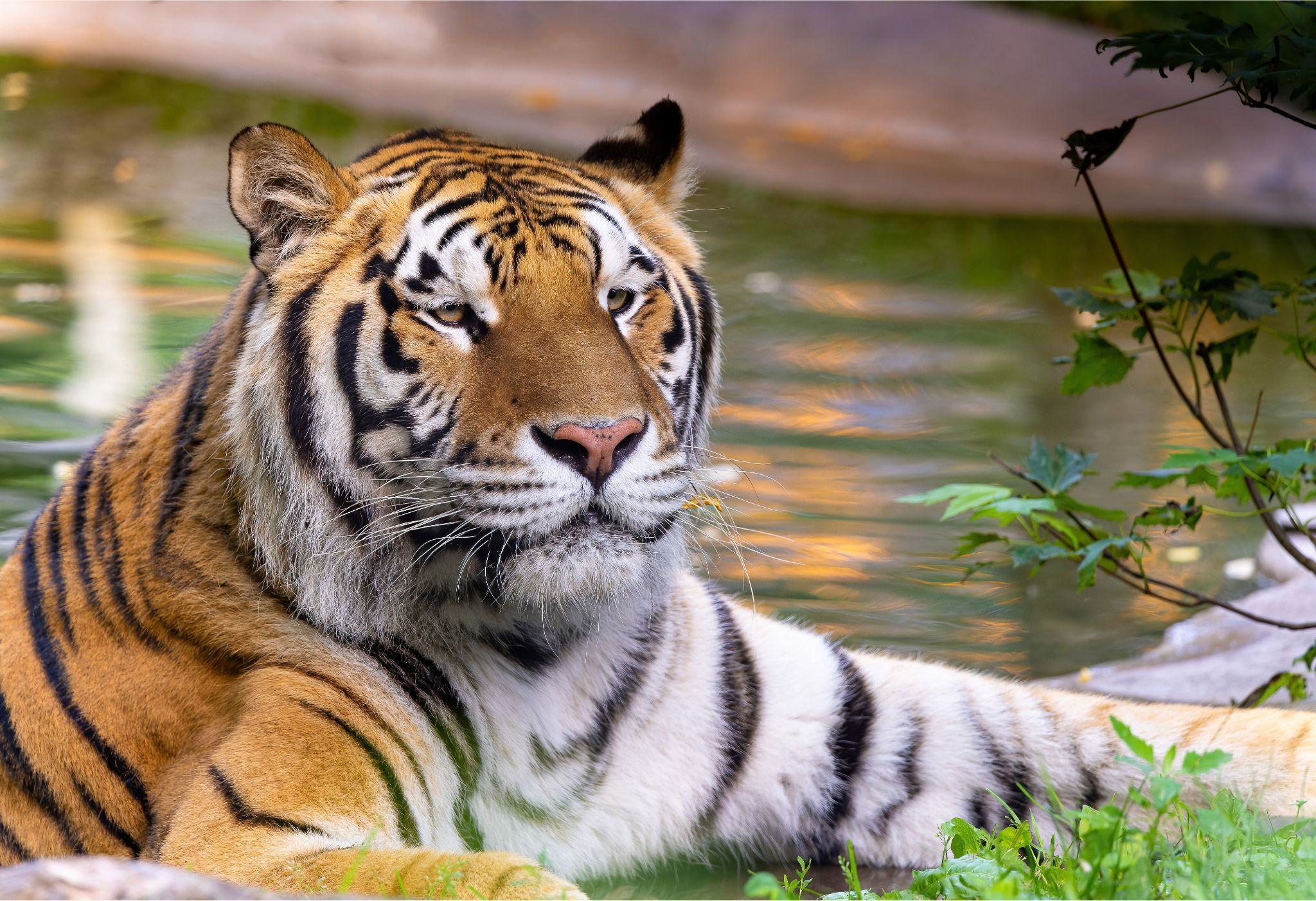
Amur Tiger
Amur Tiger
Distribution
Northern China and Russia
Diet
Carnivore
Habitat
Boreal and temperate mixed forests
Latin Name
Panthera tigris altaica
IUCN conservation status
Powerful and superbly camouflaged with their beautiful striped coat, they're the biggest feline species in the world
Interesting informations
Featured animals

